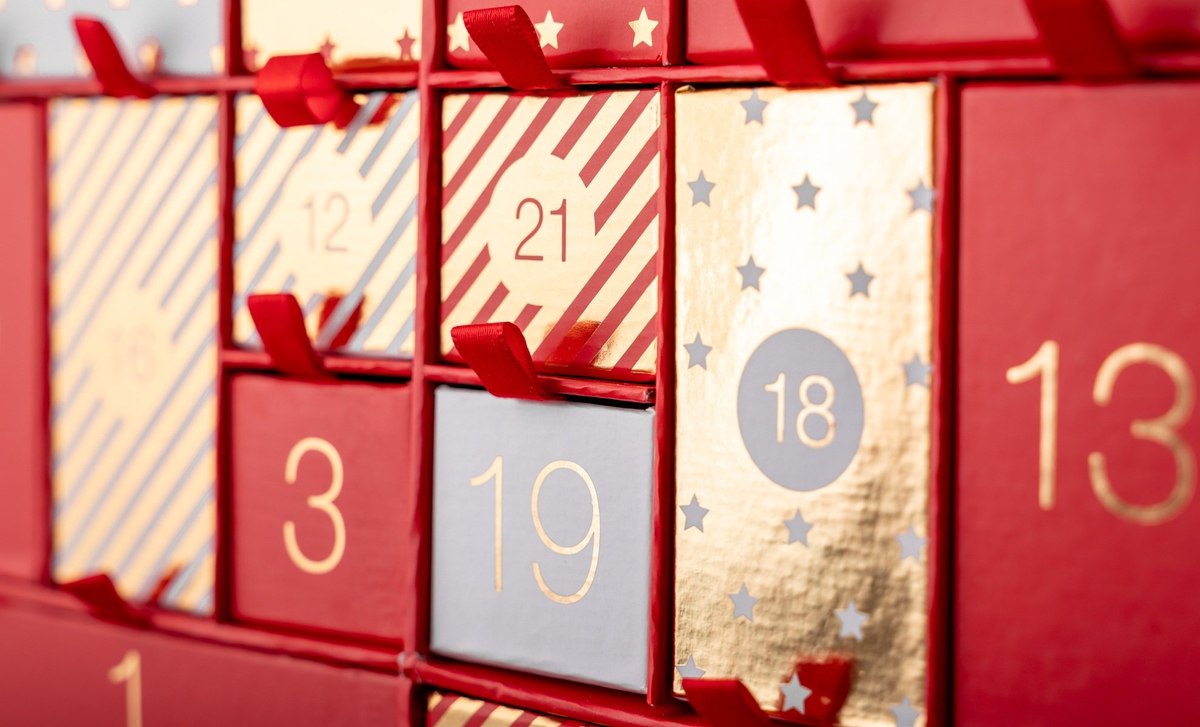
33% of Britons purchase advent calendars every year...who buys what, why and when?
Advent calendars have evolved from simple picture-filled designs and small chocolate treats to more elaborate and luxurious offerings. From calendars with beauty products to high-end jewellery, the market now caters to a wide range of tastes. However, shoppers are being warned about potential scams involving luxury advent calendars, underscoring the importance of careful purchasing.
To better understand the buying habits surrounding advent calendars, YouGov conducted a survey among UK adults. The research reveals key insights about who buys these calendars, why they are purchased, and the types of advent calendars that are most popular.
Who buys advent calendars and why?
Around a third of Britons (33%) purchase an advent calendar for themselves every year, while 22% do so occasionally. Additionally, 22% buy advent calendars annually as gifts, with 25% saying they buy them sometimes but not every year. This highlights a significant market for both personal indulgence and gifting.
The reasons for purchasing advent calendars vary. Nearly half (47%) of respondents say they buy them to create a fun daily activity, and 44% say it’s a way to celebrate the holiday season. Two-fifths cite continuing a family tradition, while 21% enjoy the excitement of surprises behind each door. Advent calendars also serve niche interests: 18% use them as a personal indulgence and 8% are drawn by the opportunity to sample new products.
Types of advent calendars
While chocolate advent calendars dominate at 75%, alternative options are gaining traction, particularly among younger shoppers. Among 18-24-year-olds, 59% buy chocolate calendars, followed by jewellery (21%), candles (19%), and beauty products (19%). Buyers aged 25-34 branch out, with 20% opting for beauty products, and 14% choosing jewellery, perfume, or traditional picture calendars. This age group is also the most likely to purchase alcohol-themed calendars (13%).
For 35-44-year-olds, toy advent calendars are a popular choice, with 18% purchasing them. Among older demographics, chocolate remains the favourite: 80% of 45-54-year-olds and 79% of those 55 and older select chocolate calendars. However, 16% of 45-54-year-olds prefer beauty products, while 16% of those 55+ choose traditional picture calendars.
Spending on advent calendars
The amount spent on advent calendars also varies. Women are slightly more likely than men to spend £5 or less (53% vs. 47%). On average, a third of Britons (33%) say they spend more than £5 but up to £20, with 37% of men and 31% of women in this category.
Higher spending is less common but still notable: 10% report spending more than £20 but up to £50, 4% spend more than £50 but up to £75, and 3% spend over £75 on an advent calendar.
Early birds and online shoppers
Timing is critical for advent calendar purchases. A majority of Britons (56%) buy their calendars by mid to late November, while 19% shop in early November and only 18% wait until early December. This indicates that most shoppers aim to secure their calendars well ahead of 1 December.
Where consumers shop further reflects shifting habits. Grocery stores remain the top choice for 68% of buyers, but online retailers like Amazon attract nearly a quarter (23%). Younger shoppers, particularly those aged 18-24, are driving the shift toward e-commerce, with 30% favouring online platforms. Specialty stores and brand websites account for smaller shares (14% each), appealing to those seeking niche or exclusive products.
Make smarter business decisions with better intelligence. Understand exactly what your audience is thinking by leveraging our panel of 26 million+ members. Speak with us today.
Methodology: YouGov Surveys: Serviced provides quick survey results from nationally representative or targeted audiences in multiple markets. This study was conducted online on November 25-26, 2024, with a nationally representative sample of 2,007 adults in Great Britain (aged 18+ years), using a questionnaire designed by YouGov. Data figures have been weighted by age, gender, education, social grade and region to be representative of all adults. Learn more about YouGov Surveys: Serviced.
Image: Pexels.com